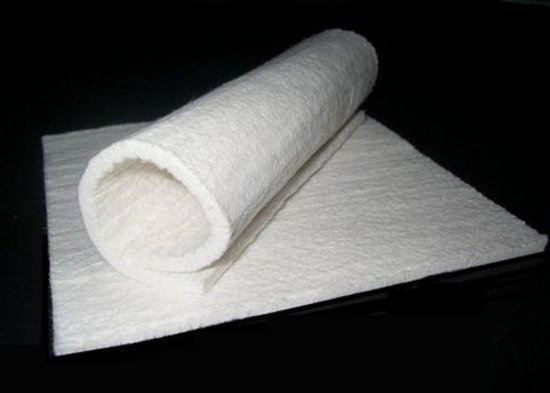If you want to know about filter fabric specifications you’ve landed on the right page. Filtration is a process by which solids are separated from a liquid or gas using a medium through which a fluid can pass.
If you want to know about filter fabric specifications, you should first know about the process itself. Moreover, there are various types of filtration depending upon the physical state of filtrate and residue.
A variety of filter fabrics are used today in the industries depending upon the specific requirements and degree of filtration. Besides the type of filtering medium, there are different principles used in the process. We will have a look at those involved and the types of the filter medium. First, you should have an idea of the basic terms used in the process.


The matter which needs to be filtered is passed through a filtering medium. The matter may be in any form i.e. solid, liquid or a gas. This material is called the filtrate. The impurities collected on the media are referred to as a cake.
Types of Filtration
There are various types of filtration depending on the degree of filtering required. Moreover, filtration is also categorised according to the physical state of the elements to be separated. Some of the common ones depending upon the degree of filtration include:
- Nanofiltration
- Microfiltration
- Particle filtration
- Ultrafiltration
- Reverse osmosis
Types of Fibres Used for Filtration
The fibre selection for a specific filtration process depends on how harsh the conditions are. The conditions like temperature endurance, chemical stability, and abrasion need to be considered. Today, the most commonly used fibres are synthetic fibres because they have the capability to withstand harsh conditions. While selecting a fibre you should look for the one which has high strength and is yet flexible. Moreover, the cake should be easy to separate from the filter. It should not be too dense as it will increase the weight of the fibre.
Some of the commonly used fibres for making filters are enlisted below:
- PPS
- Polyester
- Acrylic
- PTEE/Teflon
- Aramide
- Ceramic
- Glass fibre
While designing a filter fabric, there are some factors that are observed by manufacturers. These include the particle size, temperature, rate of flow, chemical stability and open or closed vessel. Moreover, a filter fabric needs to be passed through a few tests before being out to use. It should be checked for air permeability, bursting strength, chemical stability, tensile strength, and filter efficiency.
Pay close attention to fabric resistance and characteristics. Polyester and polypropylene are widely used as a filter medium, but there is still a whole range of other great fabrics ideal for different kinds of applications. Stay around to learn the basics of different fabric filters you can use for a wide range of applications.
Polypropylene Filter Bags
These can operate at 90-105°C peak continuous temperature and are perfect for use where moisture and chemical types react with fibres. The polypropylene filter bags possess good organic acids and mineral resistance capabilities alongside superior alkali resistance. However, they are prone to alkalis such as potassium hydroxide and sodium, which have higher temperatures. Polypropylene filter bags boast fair resistance to organic solvents except for chlorinated hydrocarbons, ketones, and esters.
Woven Cotton
Filter bags made of woven cotton operate continuously at a peak temperature of 90-115°C. The cotton woven filter bags can be used for atmospheric air cleaning, liquid filtration, handling ambient air, shaker type collectors, cement and rock products, and woodworking applications. These filter bags have poor resistance to chemicals and so cannot be used in applications that include oxidising agents and mineral acids. Cotton filters have excellent resistance to flat and flex abrasion.
Polyester
Polyester filter bags are designed to operate at an optimal temperature of 135 – 160°C. Polyester filter bags are ideal for dry heat uses considering they have superior dry heat synthetics. These filter bags are super resistant to dry heat dilapidation, abrasion, and chemicals. They as well possess superior resistance to organic and mineral acids in the exception of acids with high concentrations like carbonic, nitric, and sulfuric acids. Also, polyester filter bags boast good resistance to moderate to weak alkalis and oxidising agents. Polyester filter bags aren’t recommended for applications including phenolic compounds, moist heat, and high alkali concentration. Also, it provides superior low flammability and dimensional stability, though it is prone to hydrolytic degradation.
Nylon
Nylon filter bags operate at a continuous peak temperature of 160°C and are usually used in high abrasive dust applications. The nylon filter bags are super resistant to alkalis under the majority of their conditions besides holding up perfectly well against organic solvents. These filter bags are not perfect for applications involving mineral oxides as they usually trigger partial decomposition. They are also not recommended for high conditions with high temperatures and concentrations since they lead to degradation.









